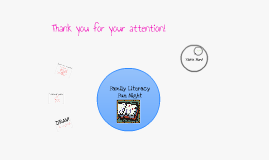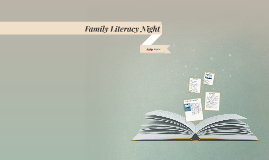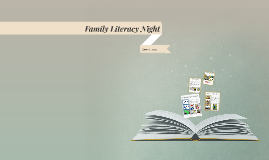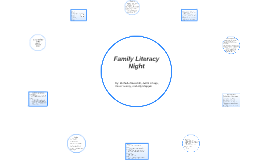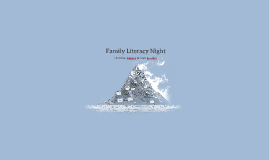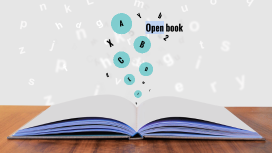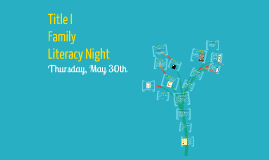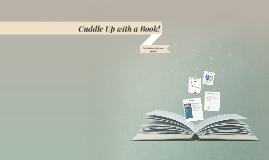Family Literacy Night
Transcript: Ways you can work on communication at home. Get Involved! Talk Talk Talk! This Presentation can be publicly accessed at: Did You Know? Strategies for Older Children King County Library Locations: Bothell, Kenmore,Woodinville, Lake Forest Park and Shoreline. In sounding out words, break larger words down into simpler, smaller words or sounds they are familiar with Have your child follow along with the text with their finger, especially if they tend to lose track of their place or are guessing words Encourage rereading, self correction and slowing down at difficult parts Summer Hours: Every Wednesday, 11:30AM - 1:00PM Children are provided with 8 books at their reading level to read throughout the Summer. After reading a book, they write a letter to their teacher pen pal telling what the book was about. Logic Puzzles Ways you can work on communication at home. Strategies for Younger Children Reading With Your Child Brain Boosters: http://school.discoveryeducation.com/brainboosters/#logic Scholastic Hangman: http://teacher.scholastic.com/scholasticnews/games_quizzes/hangman/index.asp Madlibs Jr.: http://www.eduplace.com/tales/ Educational Games: http://www.funbrain.com/kidscenter.html Participants read books and record the title and author and write a recommendation in a journal provided by Barnes & Noble. After 8 reading books, participants will receive a prize of a FREE BOOK. Journals and prize books are available in both Spanish and English. "Dig into Reading" Summer Reading Program: Track reading minutes and receive prizes at 500 and 1000 minutes. •Identify literary elements of the book he or she is reading, such as plot, characters, and setting •Keep a dictionary nearby to look up interesting words they don’t know and use phonetics to sound them out •Have discussions with your child to connect previous experiences and background knowledge to what they read Sign your child up for a library card today! Teach your child conversational conventions: taking turns not interrupting appropriate volume tone eye contact greetings Statistics courtesy of http://www.scholastic.com/summer/ Most Importantly... Statistics courtesy of http://www.scholastic.com/summer/ Studies show that making sure there are always interesting books at home can increase the likelihood of a child becoming a frequent reader. Story Time: 12:15PM-1:00PM Read to your child everyday. Make reading a warm and relaxed part of your daily routine. Encourage independent reading for enjoyment in older readers. Spend time talking about the meaning of stories and retelling them together. Involve your child in a summer reading program. Encourage your child to select materials that they are interested in. Be sure your child sees your family members reading for enjoyment and information. Woodin Elementary's Summer Pen Pals Program Kids can access Mimio and Raz-Kids software over the summer from home or the school library. Visit The School Library During the Summer! Reading With Your Child "Just Right" Books information courtesy of nsd.org Information courtesy of nsd.org Information courtesy of nsd.org Title I Family Literacy Night Children as Communicators Support Your Child as a Reader Thanks for Coming! Talking leads to vocabulary building and articulation. Good communication skills will enable your child to become a better reader. Children as Communicators Children should be reading books that are "just right": not too easy and not too hard. Use the "5 Finger Rule" to determine that your child's book choices are just right. Model good listening skills. Play board games that require conversation (Yahtzee, Monopoly, Scrabble). Teach your child when and how to properly answer the phone. Ask them about their opinions ( books, games, television shows, etc). Have daily discussions about books, interests, and everyday life. The Public Library is a Wonderful, Free Resource. TALK TALK TALK! Software Programs http://prezi.com/fp23apfnidwc/family-literacy-night/ Thursday, May 30th Barnes & Noble "Imagination Destination" Summer Reading Program






